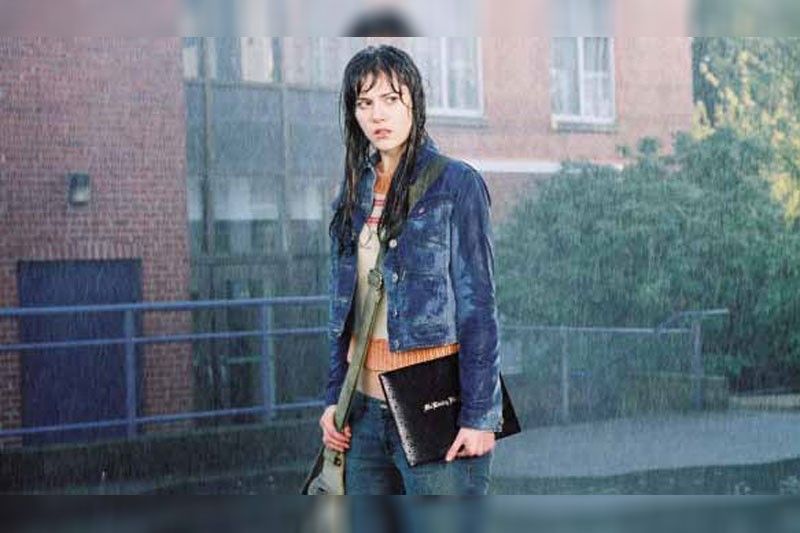How the ‘Final Destination’ movies defined horror for a generation

The last Final Destination movie came out nine years ago, so it was a bit of a surprise when the franchise trended on Twitter in the Philippines this week. It wasn’t news of a new installment or reboot however — there was just a game prompting users to share the movie that traumatized them the most, and Final Destination was the most common answer.
Even someone like me, who has become so desensitized to horror that I was able to shrug off Hereditary as soon as the credits rolled, could understand why. Who wouldn’t be traumatized by movies about people who cheat death and then are stalked by its vengeful supernatural form, meeting their ends in gruesome Rube Goldberg-esque accidents like burning in a tanning bed and strangulation via laundry line?
I could argue that Final Destination was actually my gateway to horror, beginning with a morbid fascination that soon became honest appreciation. My first glimpse of it was a scene from the second movie as it was airing on HBO: a woman’s braid gets caught in the elevator doors, and she literally loses her head in the process. The whole thing was tense and drawn-out, but I couldn’t take my eyes off the screen. I was terrified.
When we talk about these movies, though, almost everyone agrees that Final Destination 3 is the icon of the series. Despite being released in the winter of 2006, it was a perfect summer movie, taking its bright colors from its initial setting of an amusement park, where a malfunctioning rollercoaster results in the deaths of a few high school seniors.The focus this time is solely on a group of teenagers who managed to get off the ride and narrowly escape their dark fate — before realizing that it, of course, has begun following them around. (Set to The Vogues’ Turn Around, Look at Me for added creepiness, and also added rock ‘n’ roll cool.)
Turns out, there’s a whole generation of 20-somethings who now walk around still carrying the fear instilled in them by this movie. Maybe they saw it in theaters, maybe it was shown to them by a friend. It was certainly a favorite for cable television reruns. Either way, a certain group of people seem to have grown up defined by Final Destination just as much as they are by Aquamarine or even the Harry Potter series.
Again, horror barely ever affects me anymore. But I still remember the first time I ever saw Final Destination 3: on HBO again, when I was 13. I’d lie awake that night tossing and turning, replaying the tanning bed scene over and over in my head. Or the scene where a car’s engine fan obliterates some poor guy’s head. Or even just Turn Around, Look at Me giving me the worst kind of last song syndrome.
I swore up and down I would never watch it again, but somehow I did keep watching it whenever it was on. And over time the debilitating fear I felt at the mere thought of it became something more like comfort — especially after I knew that my friends had experienced it too. It became a bonding thing for us; we talked about the parts that scared us until we could laugh them off, and by the time The Final Destination came out, we had moved on to heckling the characters and making fun of their cartoonish demise. When Final Destination 5 turned out to be a stealth prequel to the first movie, we could even recognize it as a one-of-a-kind cinematic experience. (Or maybe that’s just me.)
These days I find that my relationship with horror has changed again. When I was in university it was a way to reduce stress; mindless entertainment with reliable patterns that might still form together to tell a story that could surprise me and blow me away. Now I suppose it’s a little more cerebral, a little more critical — something to help with the anger and powerlessness you feel about a world that refuses to make sense, something to take the edge off when your mind feels a little too full and a little too empty all at once.
I read an essay from Nick Antosca, creator of the horror series Channel Zero, about “creating horror in the era of Trump.” They had been filming an episode of the second season No End House during the 2016 elections, and he wrote, “When I watch that scene now, I can barely separate the sinking feeling we had that night with the sense of dread that lives within the show itself. The horror genre has always been a place where Americans go for cultural catharsis, but never in my generation has the day-to-day American experience felt so consistently like a horror movie.”
I realized this week that the trauma left behind by Final Destination goes beyond irrational fears of tanning beds and LASIK surgery. Somehow its nihilism and haunting imagery now reflect the modern anxieties and fatalistic coping mechanisms my generation came to embrace. Make it make sense, we’d recite, maybe even with a “weary face” emoji for emphasis. Because these days, it does feel a lot like everything in the world is out to get you — but if there’s anything I’ve learned from these movies, it’s that even if the worst to come is inevitable, it doesn’t mean there’s nothing you can do to fight back and live another day.















